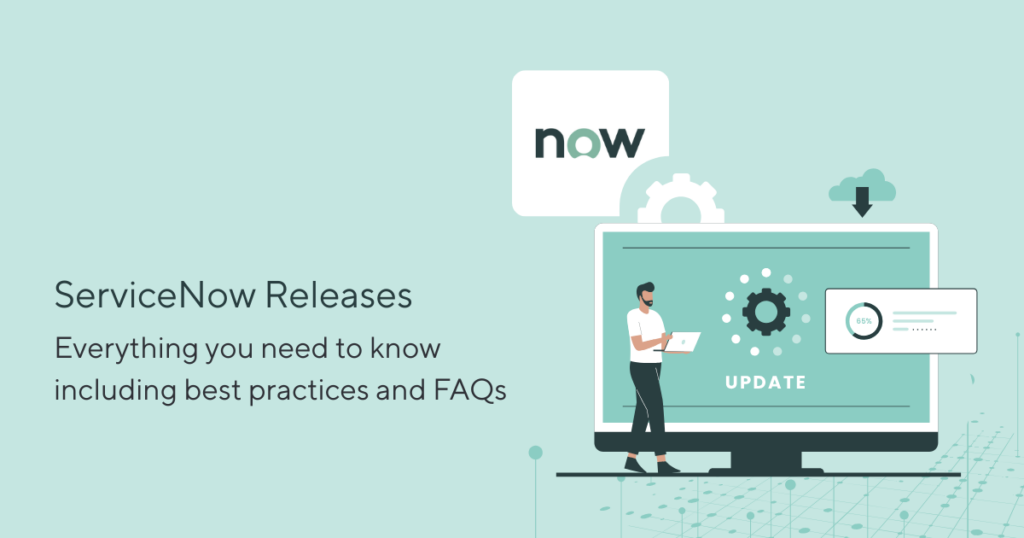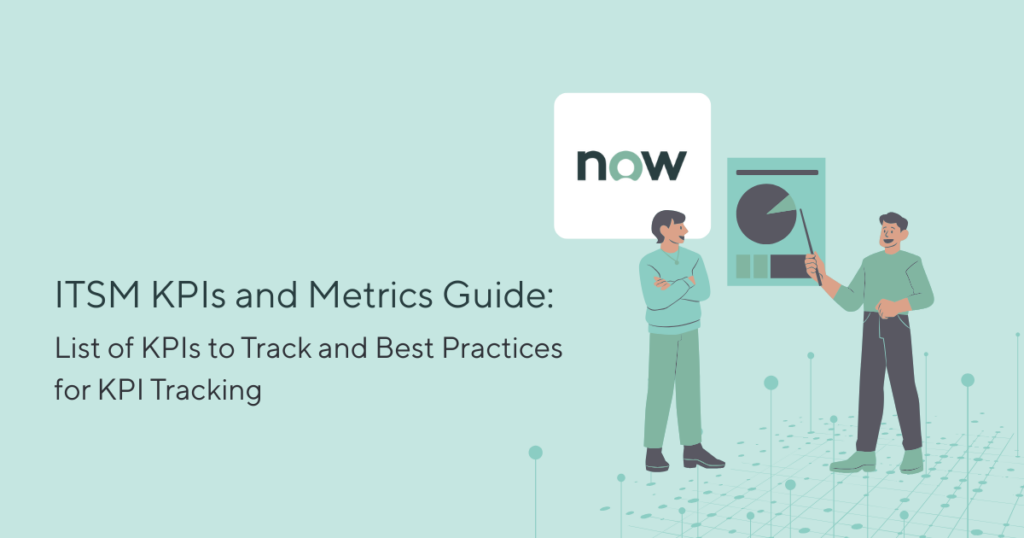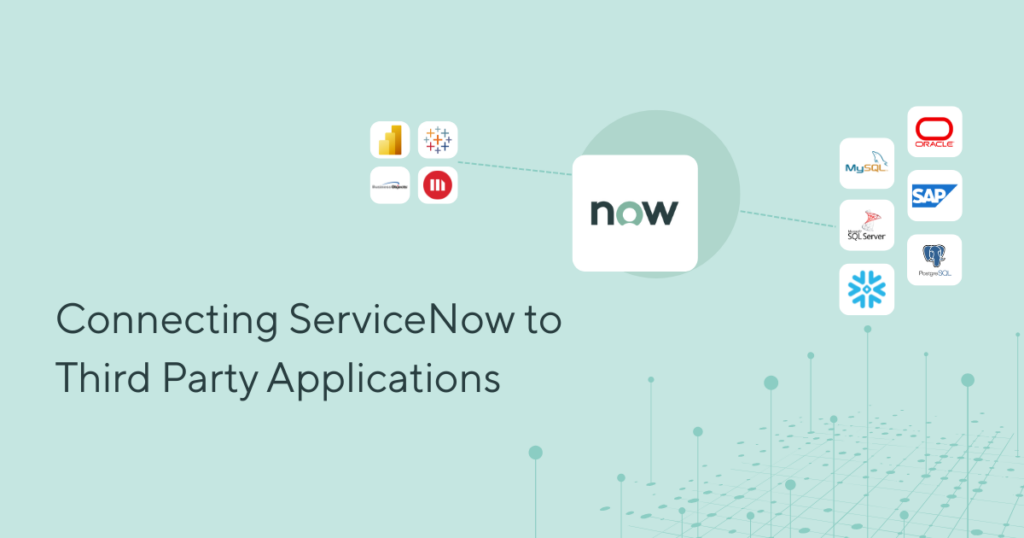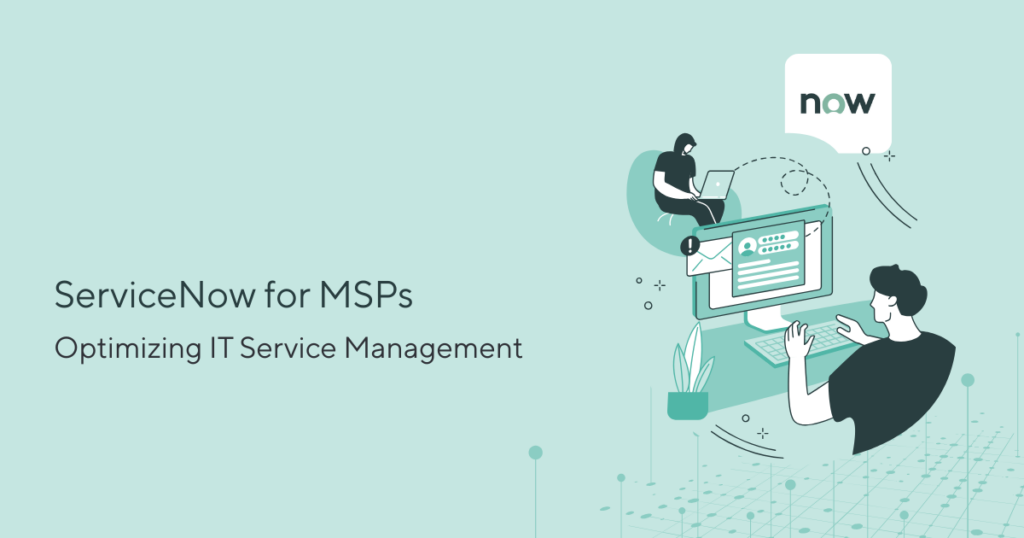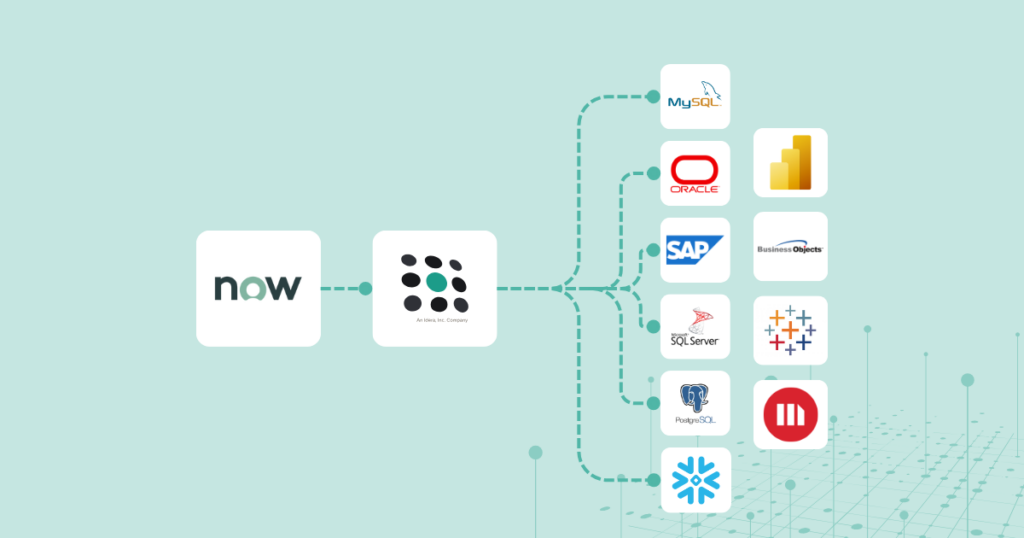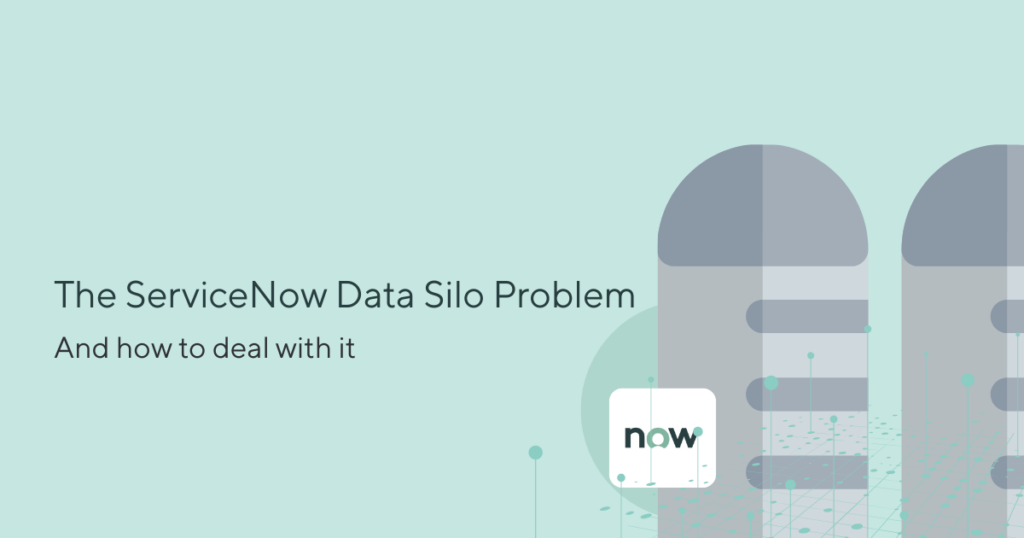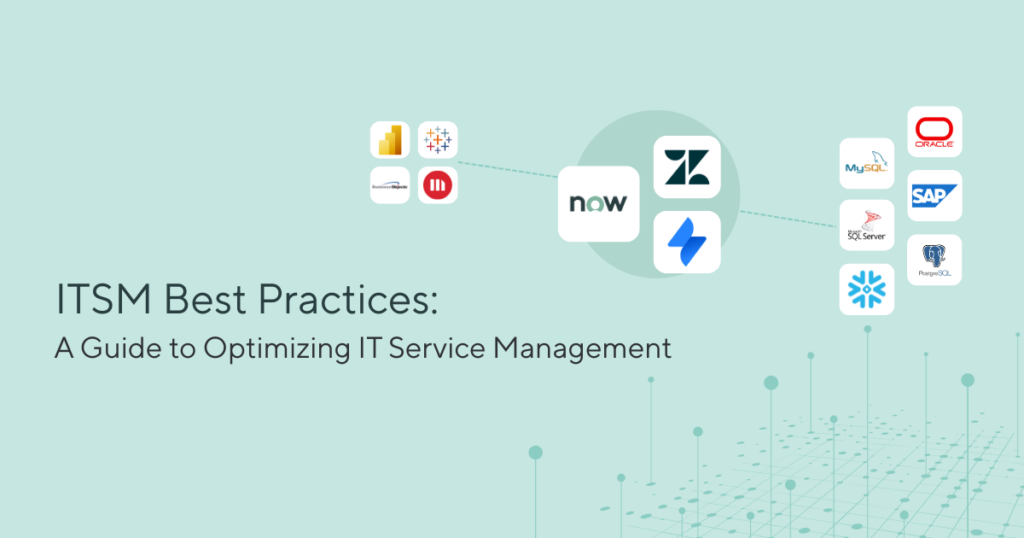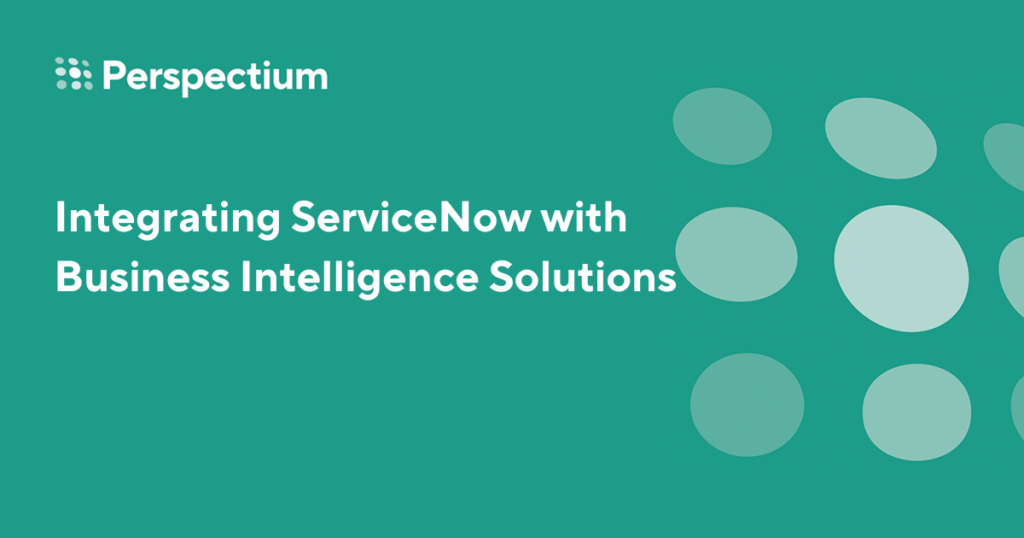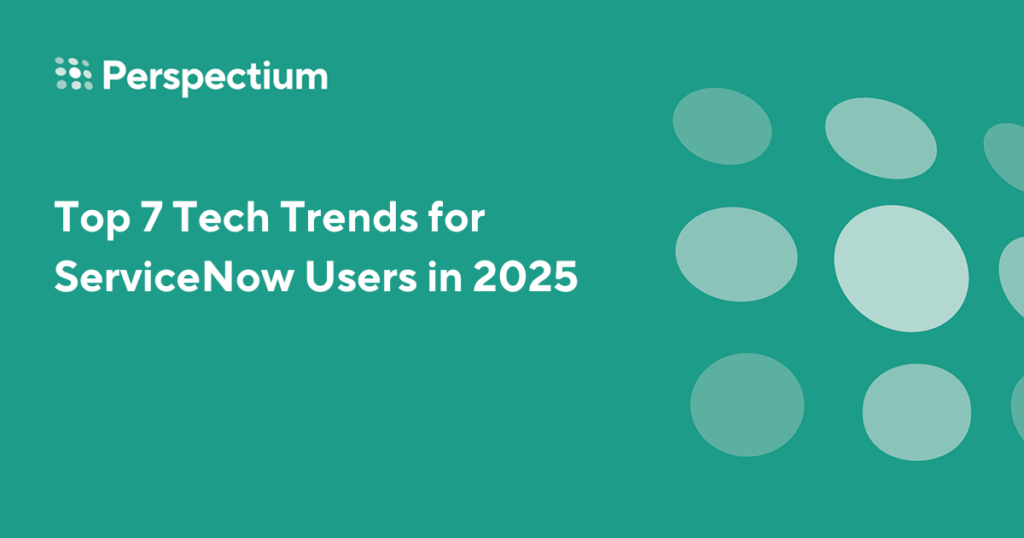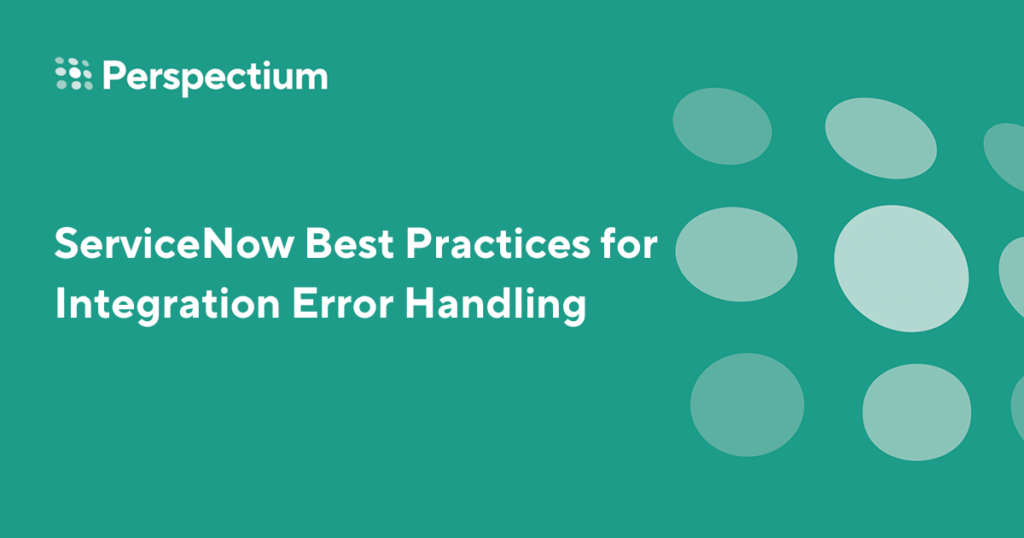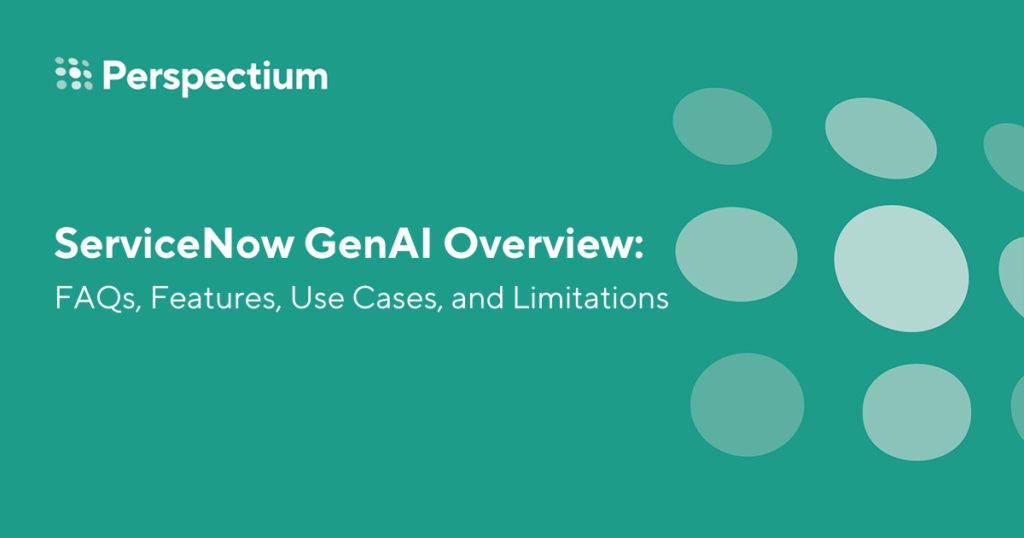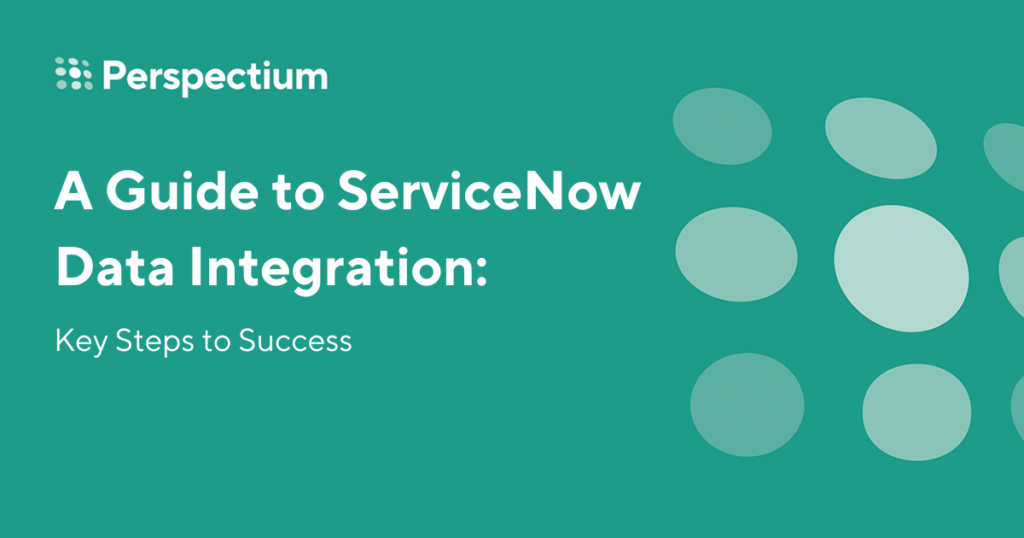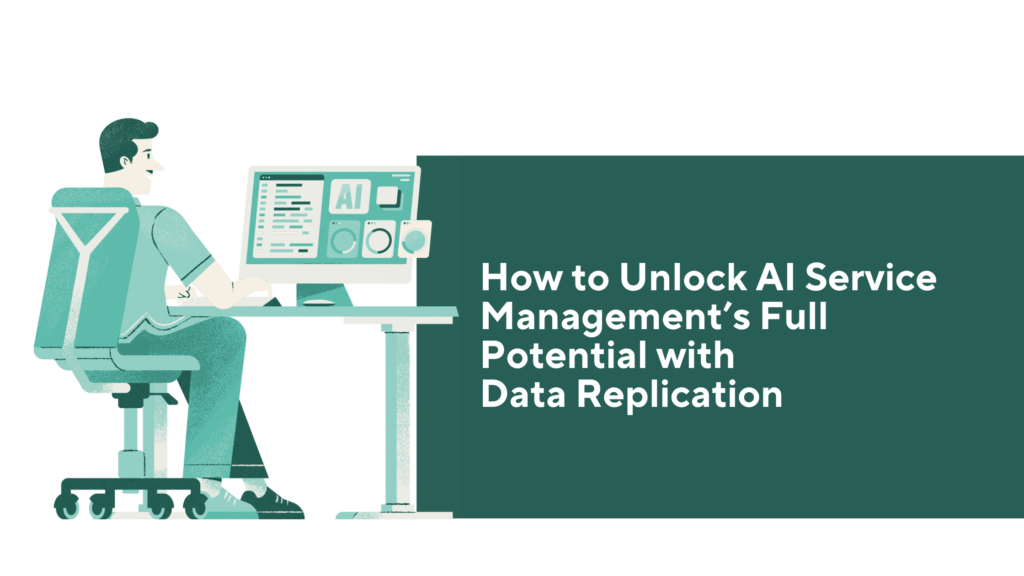Perspectium Blog
ServiceNow Integration information and best practices, from
official ServiceNow Integration Partners and experts.
ServiceNow Releases: Everything You Need to Know
ServiceNow releases new versions of its platform twice a year. Each release introduces new modules, applications, and improvements, along with fixes for existing issues. This guide will explore key facts about ServiceNow releases, how to manage customizations, best practices for a smooth upgrade, and more. If you’re looking for quick answers, jump straight into the FAQ. Key Facts About ServiceNow Releases ServiceNow Upgrades vs Update ServiceNow organizes its platform versions into groups called families. Each…
ITSM KPIs and Metrics Guide: List of KPIs to Track and Best Practices for KPI Tracking
In theory, ITSM KPIs are simple. They help track performance, optimize outcomes and define goals. However, in practice, many organizations either choose the wrong metrics or struggle to track them consistently. That’s why we have come up with this guide. Think of this guide as your practical roadmap to making ITSM KPIs work for you….
How to Connect ServiceNow to Third-Party Applications
ServiceNow integrates with third party solutions to extend workflows and improve the availability of ServiceNow data. With data replication and integration solutions, organizations can improve their ability to capitalize on the platform’s rich data and insight, and maximize the platform’s ROI. Organizations often integrate ServiceNow with third-party applications such as data repositories and storage solutions,…
ServiceNow for MSPs: Optimizing IT Service Management
Managed Service Providers (MSPs) play a crucial role in delivering IT services to businesses across industries. As the demand for efficient IT operations grows, MSPs must adopt robust IT Service Management (ITSM) solutions to stay competitive. ServiceNow, a leading ITSM platform, provides tools that help MSPs streamline operations, enhance service delivery, and drive profitability. This…
ServiceNow Integration Hub Explained: A Guide [2025]
What is the ServiceNow Integration Hub? The ServiceNow Integration Hub is a low-code tool, available within the Now Platform® that helps enterprises connect different systems to ServiceNow and automate workflows between them. It allows users to create reusable spokes that support communication between the platform and external applications using integration steps for REST, SOAP, JDBC,…
The ServiceNow Data Silo Problem
Did you know that data silos aren’t just an inconvenience but a trillion-dollar problem? A recent IDC study estimates they cost the US economy alone $3.1 trillion annually. Another study by Experian found that 40% of business-critical data is locked in silos, preventing organizations from making data-driven decisions. What does this mean for ServiceNow users? …
ITSM Best Practices: A Guide to Optimizing IT Service Management
Following ITSM best practices is crucial in today’s digital age. IT Service Management (ITSM) platforms and the data they generate and store play a crucial role in ensuring organizations can deliver high-quality, efficient, and cost-effective IT services. However, implementing ITSM and utilizing ITSM data effectively requires a deep understanding of ITSM best practices – including…
Integrating ServiceNow with Business Intelligence Solutions
Integrating ServiceNow with Business Intelligence solutions can help organizations extract more insight and value from the platform. ServiceNow is widely known as an IT service management platform, designed to streamline workflows, automate processes, and improve operational efficiency. While the platform provides some built-in analytics and reporting capabilities, it is not a full-fledged business intelligence (BI)…
Top 7 Tech Trends for ServiceNow Users in 2025
With a solid understanding of the top tech trends for ServiceNow users, organizations can ensure they make the most out of their ServiceNow investment in 2025. In 2024, AI wasn’t just making headlines—it became a core part of how businesses operate. Automation got smarter, workflows became more efficient, and AI-driven insights began influencing everyday decisions….
ServiceNow Best Practices for Integration Error Handling
When integrating ServiceNow with other systems, one of the most critical considerations is integration error handling. Whether you’re connecting ServiceNow with external applications, cloud services, or legacy systems, error-free data replication is key to maintaining smooth business operations. However, despite your best efforts, errors inevitably occur in integrations. How you handle those errors can make…
ServiceNow GenAI Overview: FAQs, Features, Use Cases, and Limitations
ServiceNow GenAI capabilities bring the organization closer to its goal of providing a “platform of platforms”. However, the platform’s AI capabilities are not limitless. A comprehensive understanding of ServiceNow’s GenAI—its strengths and limitations—is essential for organizations seeking to realise the full potential of AI in the enterprise. This post will explore what ServiceNow GenAI can…
A Guide to ServiceNow Data Integration: Key Steps for Success
ServiceNow data integration solutions help organizations use and store data generated by the platform more efficiently. While ServiceNow aims to provide a “platform of platforms” that replaces various solutions supporting ITSM with a single, broadly capable platform, not all of its users want to abandon their specialist and purpose-built, third-party solutions. For such organizations, maximizing…
How to Unlock the Full Potential of AI Service Management with Data Replication
AI Service Management (AISM) is the process of integrating artificial intelligence (AI) technologies into service management processes to improve efficiency, automate routine tasks, and enhance decision-making in IT and business operations. Use cases including AI-driven automation, intelligent chatbots, and predictive analytics allow organizations to improve service efficiency and enhance employee and user experiences. However, despite…

